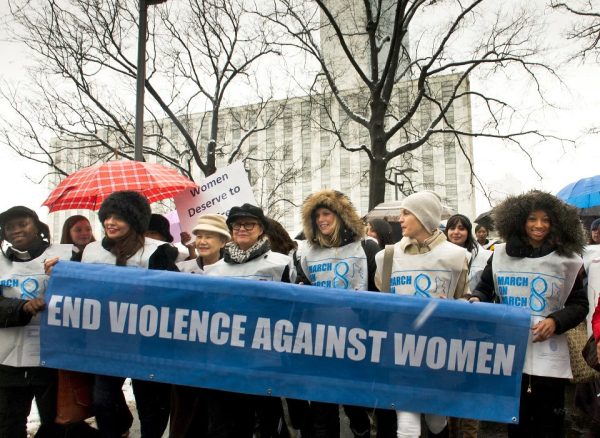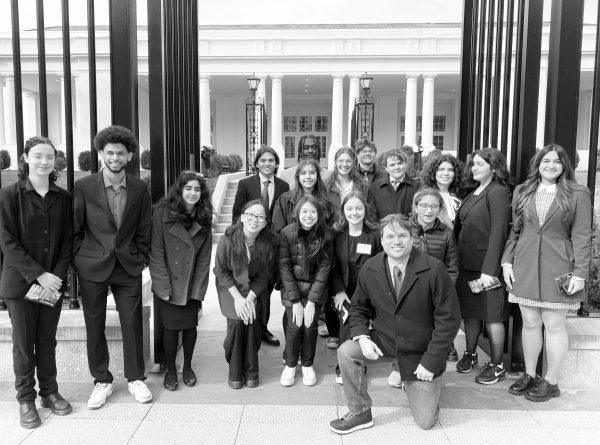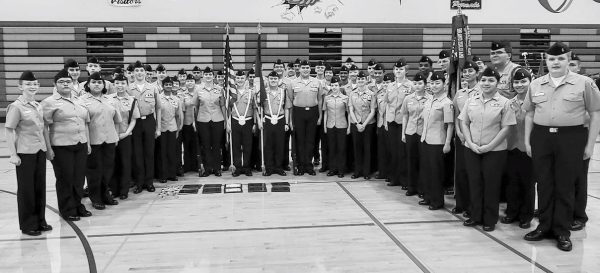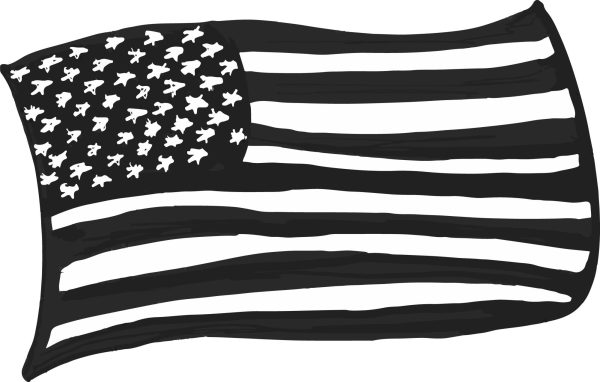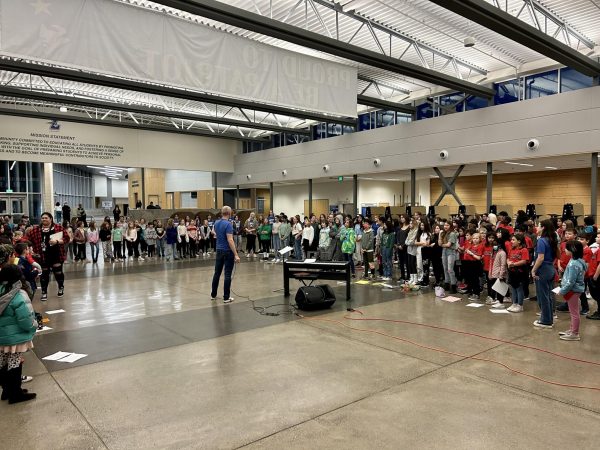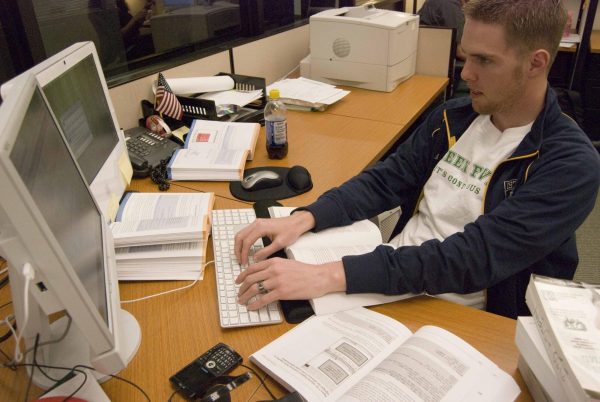Patriot Profile: Long Lam
Custodian, father, pilot, and prisoner-of-war
April 16, 2015
The average teenager worries about three things: school, sleep, and social media. But at age nineteen, Liberty custodian Long Lam was only worried about one thing- survival.
Born in Saigon, Vietnam, Lam was recruited by the South Vietnamese army to serve as a Gunship Flight Commander to fight the spread of communism in Vietnam.
However, learning to pilot a helicopter was not a simple task. Training was a time consuming process, and most of Lam’s instruction took place away from home, on the Lackland Air Force Base in San Antonio, Texas.
“I first learned English in Texas,” Lam said. “Everything was new for me. South Vietnam was not a developed country yet, so it was amazing to come here and to use all the new technology that was available.”
Even with the modern technology that was available, aviation school was demanding of service members.
“We learned the technology of the helicopter and the tactical, but we also had at least a hundred hard hours spent flying to get used to the training helicopter,” Lam said.
Texas was not the end of Lam’s training. From the Lackland Air Force Base, Lam was sent to Savannah, Georgia, where he learned how to fly the Bell UH-1 Iroquois military helicopter, or more informally known as the Huey.
Back in Vietnam, Lam served as a Gunship Flight Commander for the Special Forces. But after the Fall of Saigon, Lam found himself a prisoner rather than a pilot. All South Vietnamese officers were sent to “reeducation” camps, prison camps where they were taught the communist doctrine. As a higher-ranking service member, Lam was sent to one of the harsher camps in North Vietnam.
“It was indoctrination, but it was also hard labor,” Lam said of the camp. “They created all kinds of work for you.”
Lam only received about 19 kilograms of food- typically corn or potatoes-a month during his eight years at the reeducation camp.
“The thing is, you worked more, but ate less,” Lam said.
Lam was released from the camp in 1982, but it was hardly the end of his journey. When he returned to Saigon, things were not the same as how they’d been when he left for reeducation camp.
“I didn’t have the same rights. Life was totally different. I didn’t have any identification except the paper they gave me to release me from camp,” Lam said.
Through the Humanitarian Operation, a resource for Vietnamese service members who have served with the US and spent at least three years in prison camp, Lam was able to come to the US with his family. Though Lam’s original destination was Texas, he stayed in Seattle to be closer to his mother, who was living in Canada.
Since 1995, Lam has been able to call Washington home, though he most recently visited Vietnam during the holiday season, and says there are aspects of Vietnamese culture that he does miss.
“One thing that I miss is that the whole family lives under one house and takes care of each other. The son or daughter listens to their parents. I still keep that way as much as possible.”




